RECONSTRUCTION OF FULL MOUTH OCCLUSION WITH ALL-ON-FIVE IMPLANT TREATMENT
Implants are considered a highly efficient solution for edentulous patients with severe atrophic gingiva and mandible, in order to achieve optimal treatment outcomes. All-on-five dental implant treatment refers to a type of fixed denture that utilizes five strategically implanted bodies within the maxillary or mandible to secure a complete prosthetic tooth. These implant bodies serve as stable anchors for the dentures, ensuring durability and resilience against everyday activities such as chewing and speaking without any risk of slippage.
Today’s case comes from Dr Abd El-Rahman Khalaf and Dr Kirollos Hany (Fig 1). They are dentists of the Faculty of Dentistry at Assiut University, Egypt. With rich experience, they can provide suitable treatment to patients through digital technology.

Fig 1: Dr Abd El-Rahman Khalaf and Dr Kirollos Hany
Case Profile
The male patient has been experiencing missing teeth for a long time, which brings great difficulty in chewing and pronunciation, leading to a decrease in quality of life. He would like to have treatment to fix this problem with stable restoration. After considering the time, cost, process, and oral condition, the final treatment plan for this case is to place five implant bodies into the upper jaw and five implant bodies into the lower jaw, followed by implant-supported restorations. This is an all-on-five implant treatment for this patient.
Treatment Process: Implant Surgery and Intraoral Scan
After a successful implant surgery and a few months of recovery, the integration between the implant body and mandible has been established, indicating favourable conditions. The dentist conducted an intraoral scan using the Aoralscan 3, a highly precise scanner for capturing data essential in the design of the restorations in a later step.
Fig 2-5: The intraoral scan data captured by Aoralscan 3
Treatment Process: Design and Printing
After scanning, a technician performed the restoration design. A long bridge with 12 units was designed for both the upper and lower jaw. The design process involved ensuring the proper arrangement of each tooth to achieve optimal functionality and aesthetics. The technician paid more attention to factors such as bite force distribution, occlusion, and etc. (Fig 6,7,8)
Fig 6,7,8: The different views of the designed restorations
Temporary restorations were printed using AccuFab-D1s and resin TN11. These restorations will be used for the patient to try on in order to adapt to their new occlusion and functional cusps.

Fig 9: The AccuFab-D1s printer could print the temporary crowns
Fig 10-13: The printed temporary bridge
Treatment Process: Temporary Restorations Try-in
Fig 14-17: After removing the healing cap, the gingiva and emergency profile were good

Fig 18: The temporary restorations were placed in the patient’s mouth
Treatment Process: Final Restorations
The final restorations were milled from zirconia and fitted well into the model (Fig 18,19). No further adjustments were needed after careful inspection.
Fig 19,20: The final long bridge in the model.
The final restorations were placed in the patient’s mouth, the patient was very satisfied with the treatment result which changed his life forever.
Fig 21,22: The long bridges were placed in the patient’s mouth, as shown in the intraoral and extraoral photos
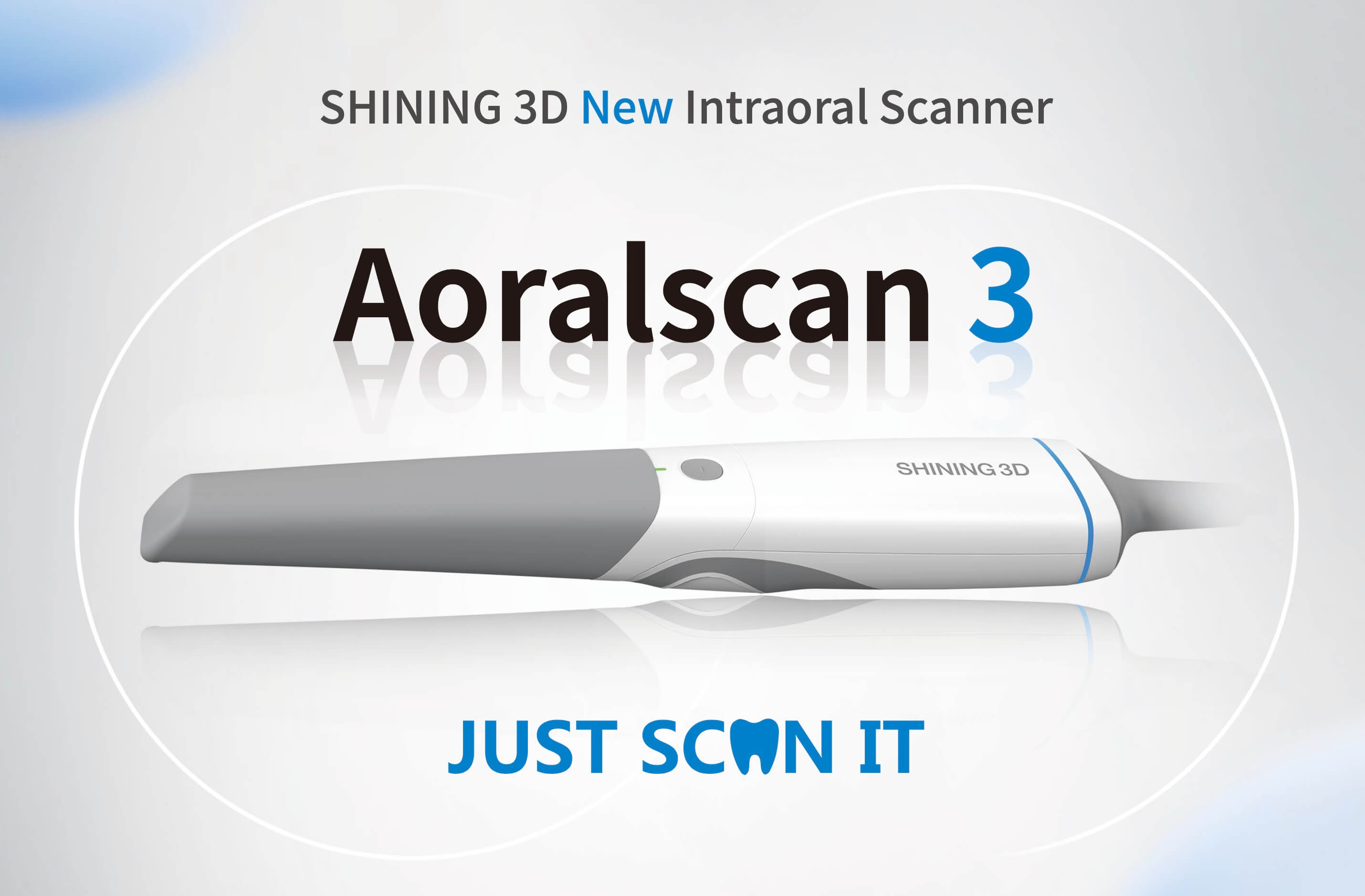
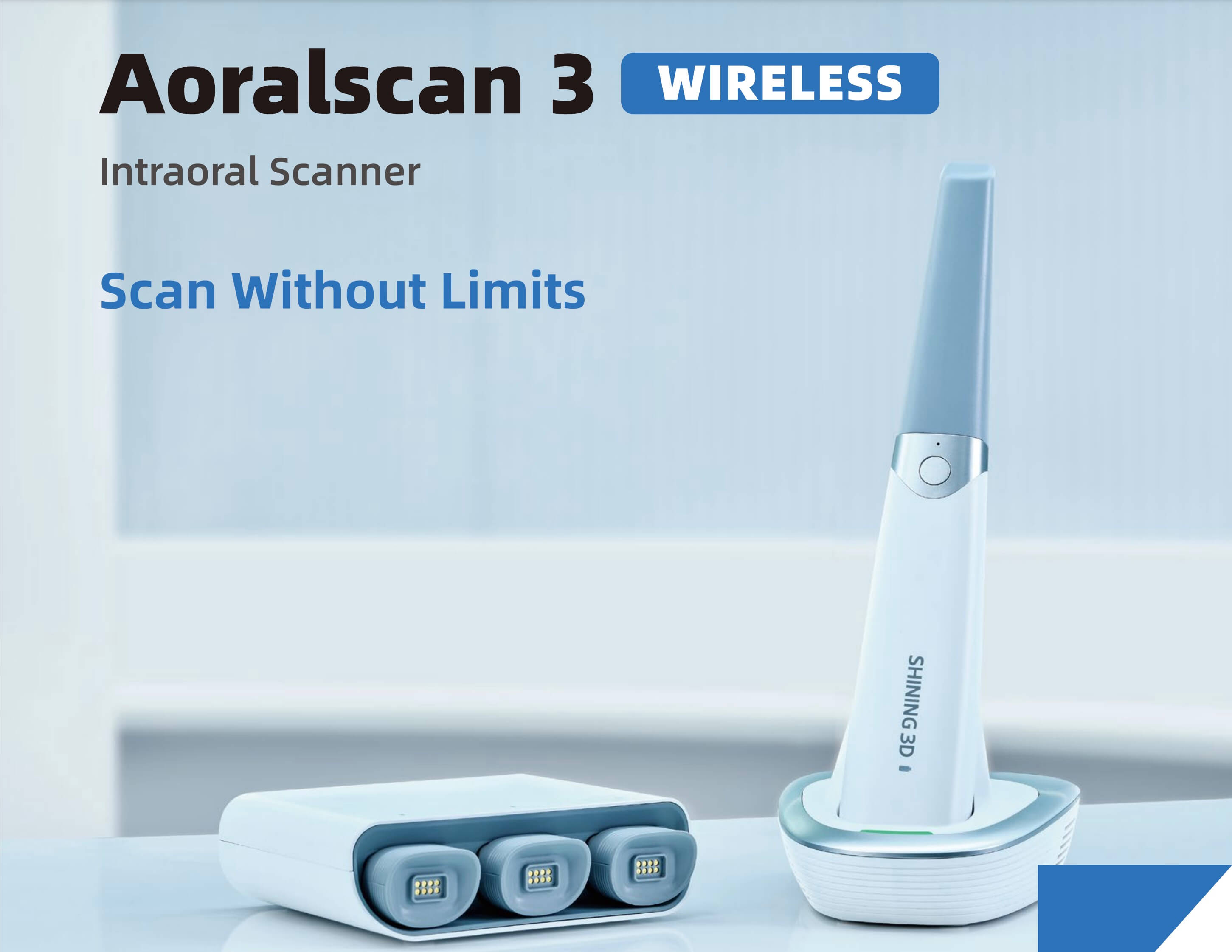

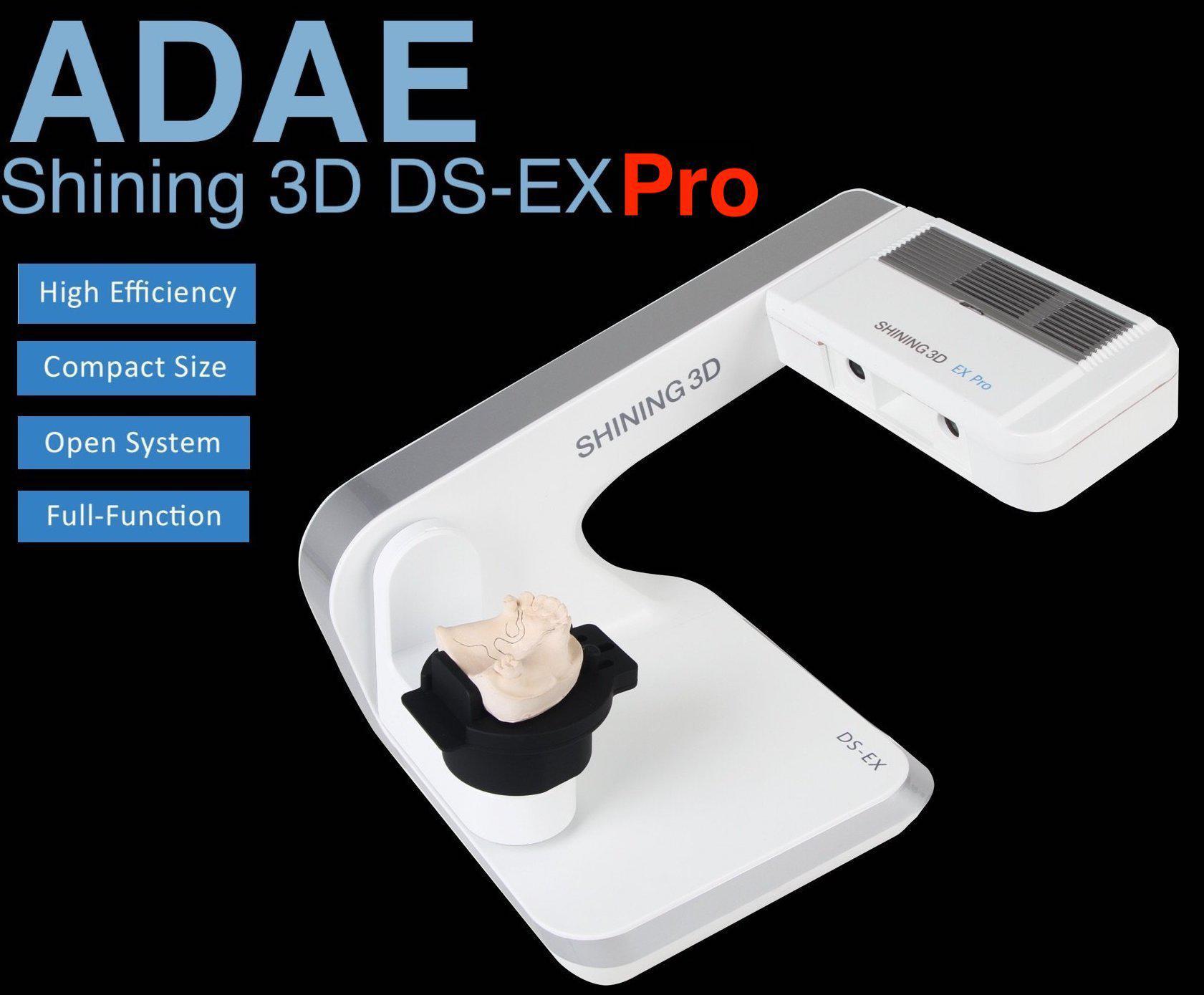

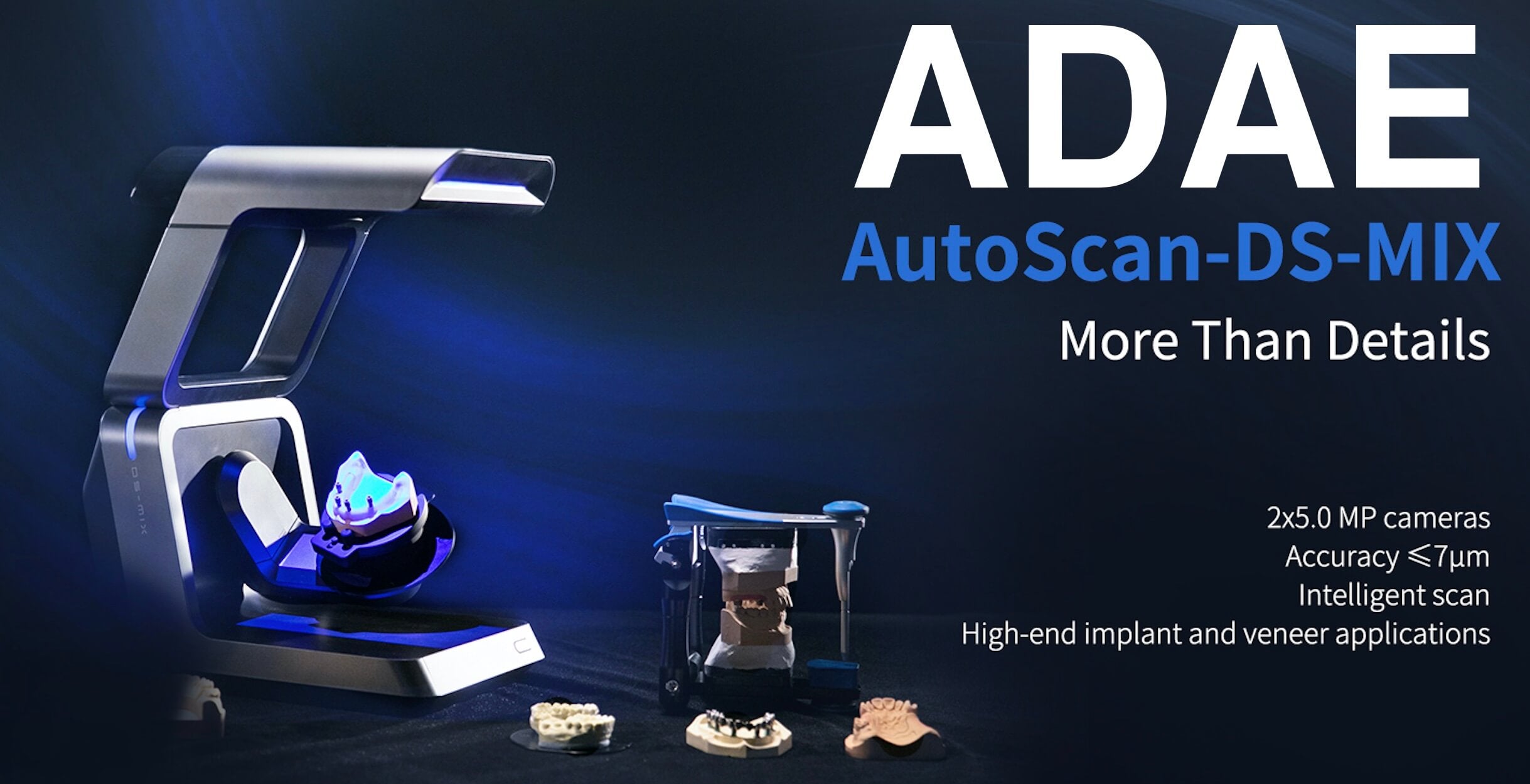

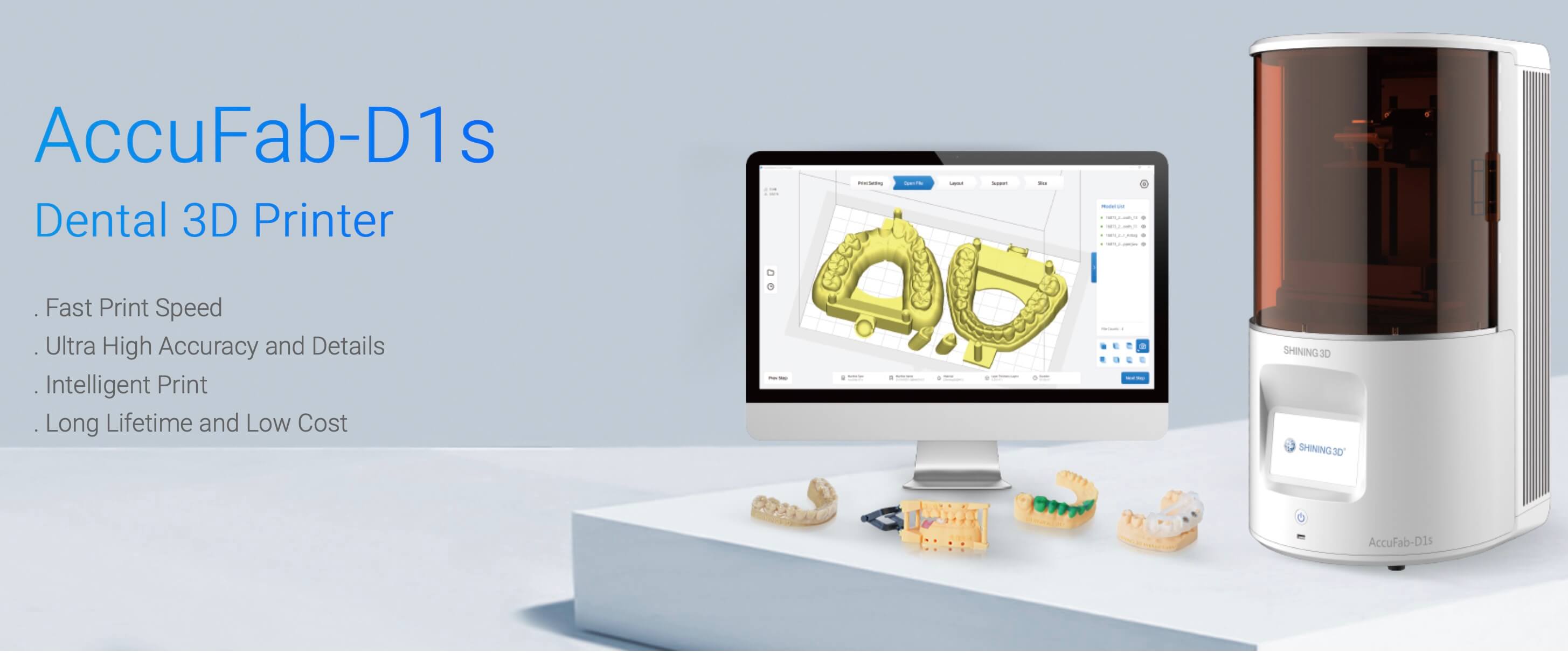
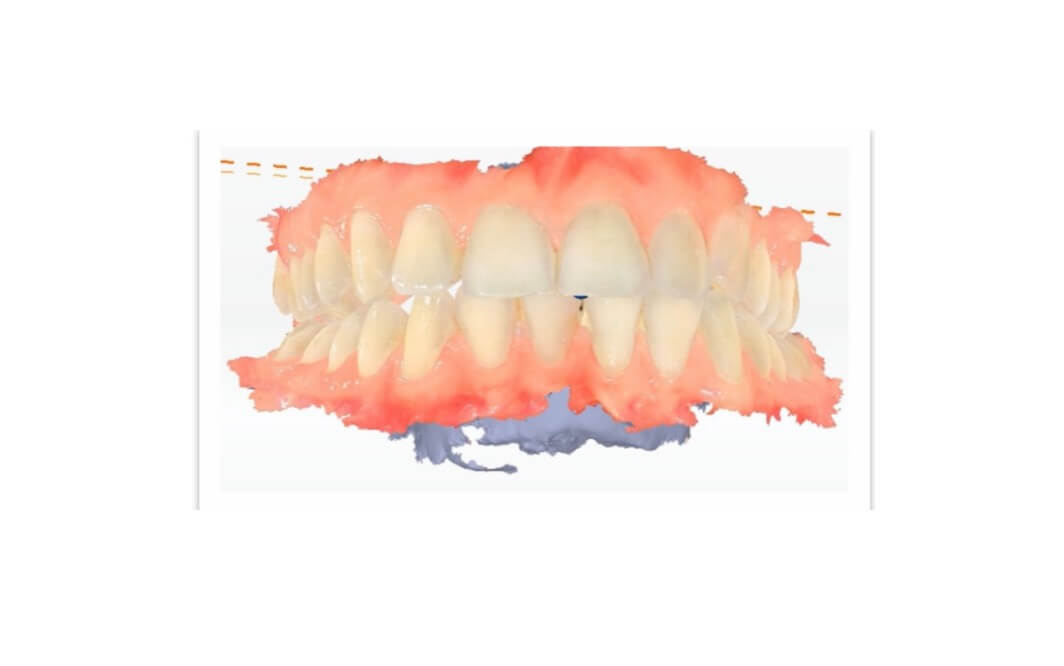

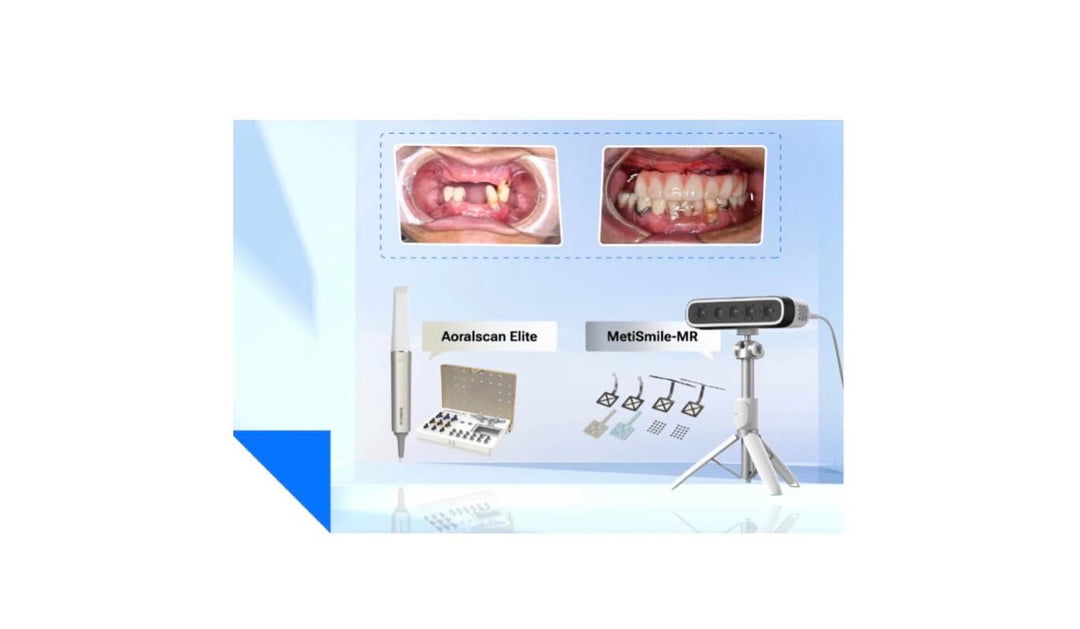

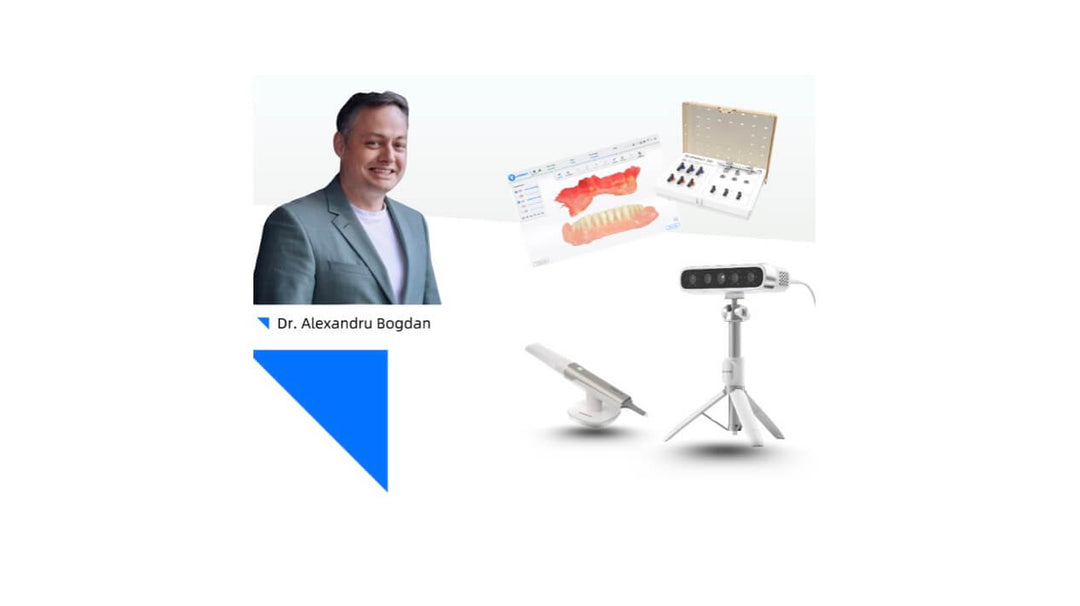


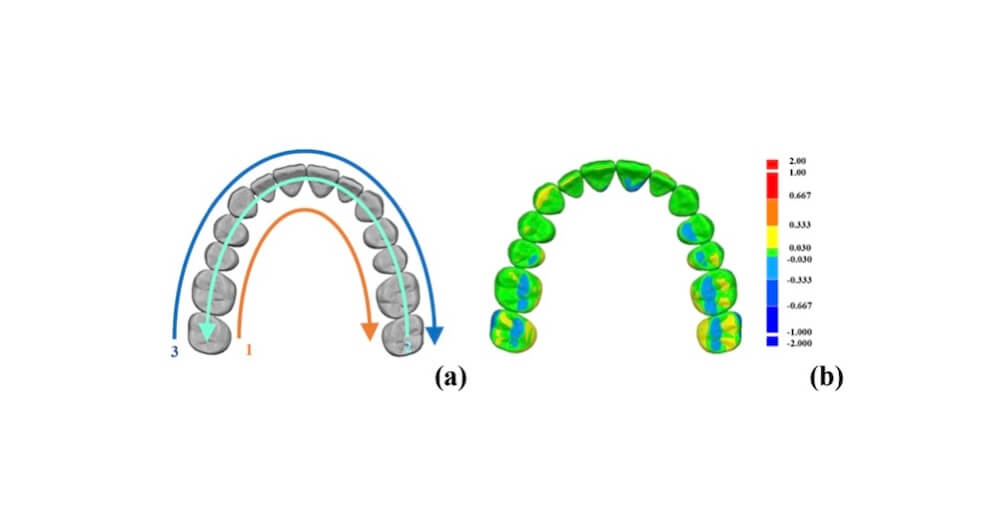
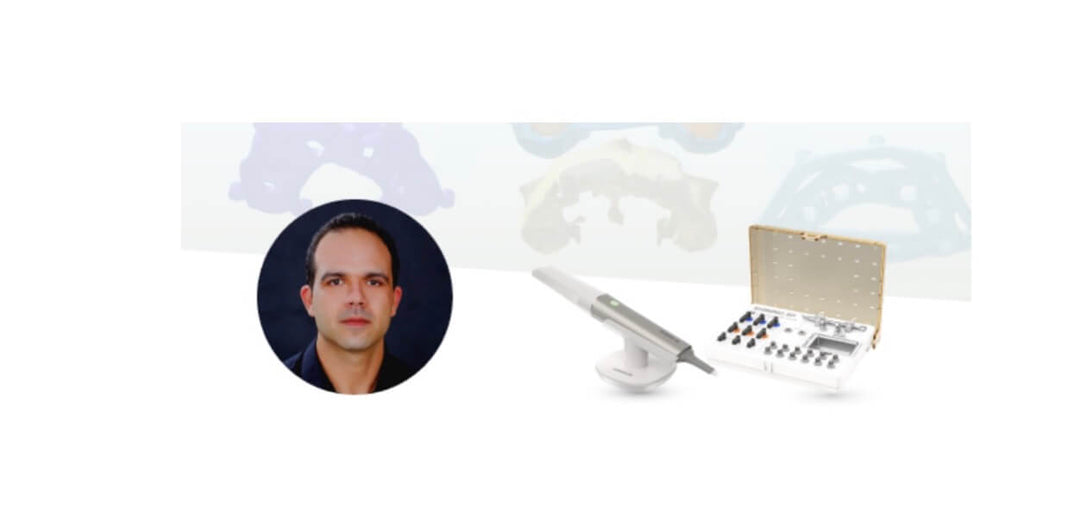
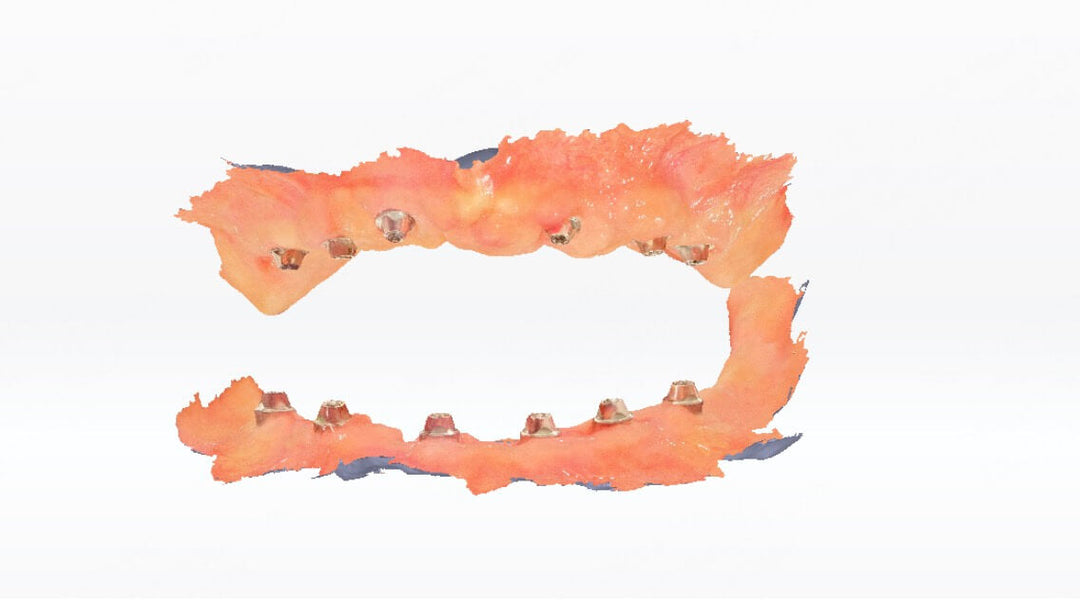

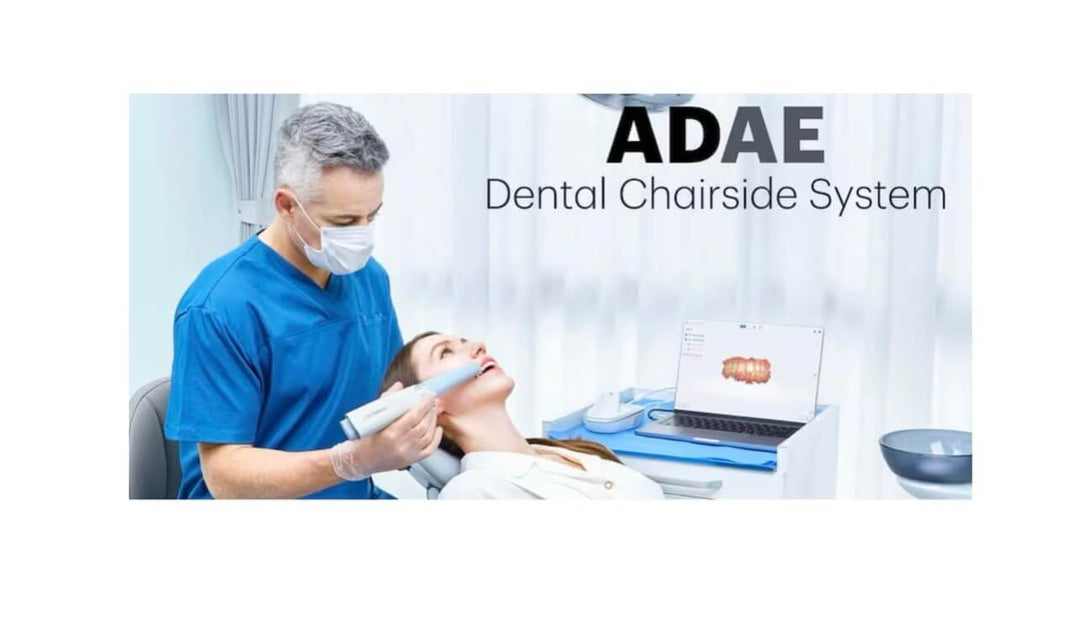
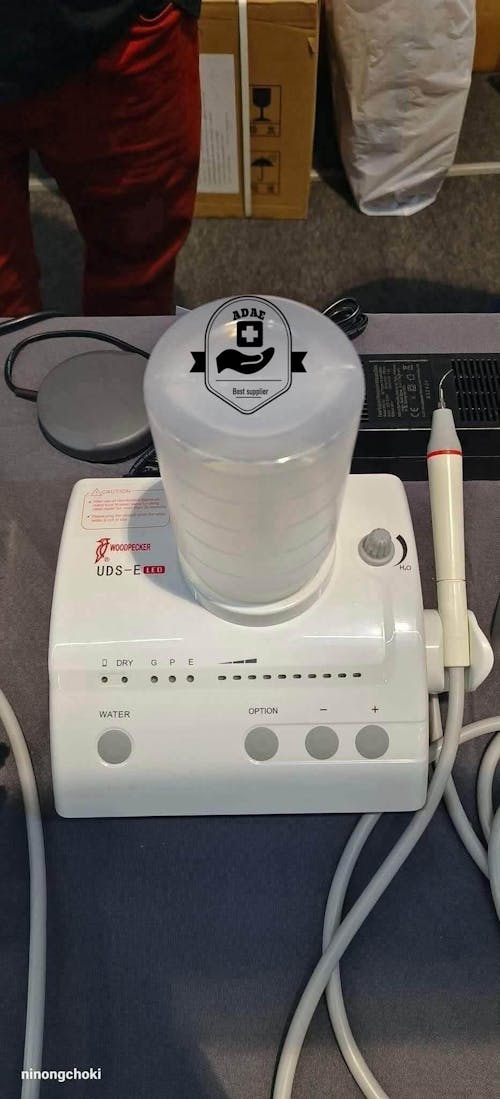
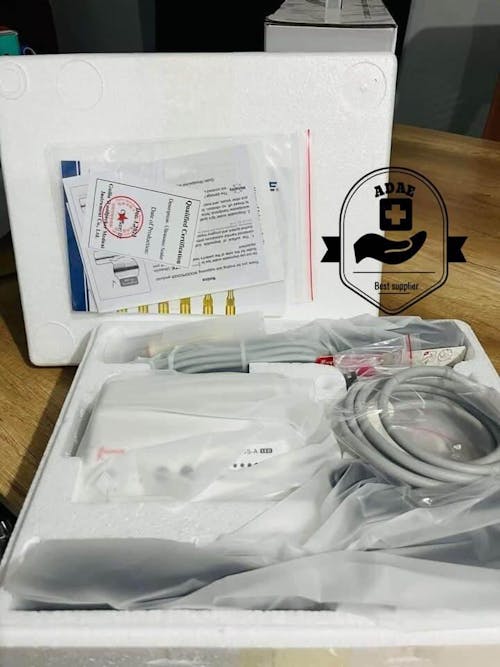
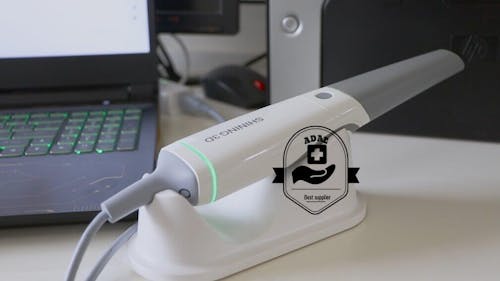
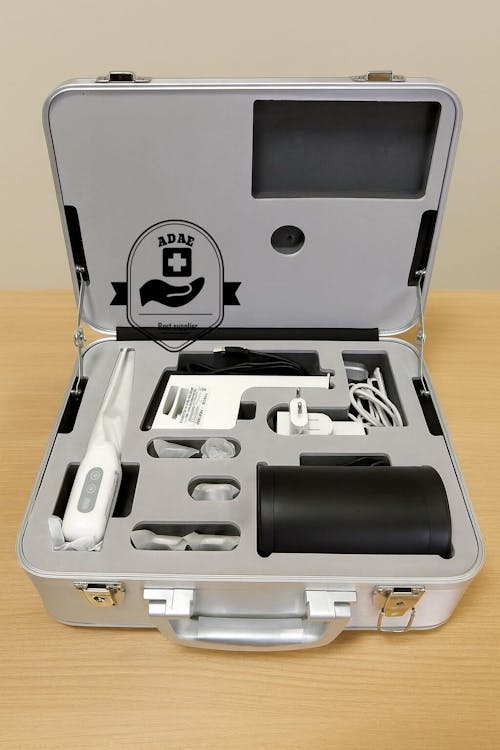




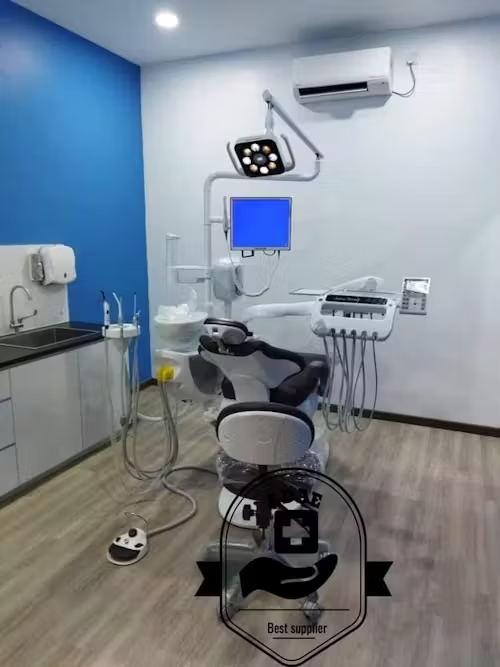
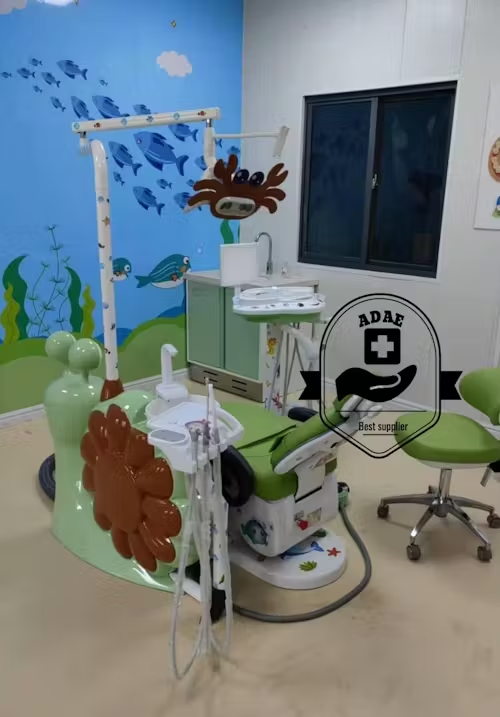
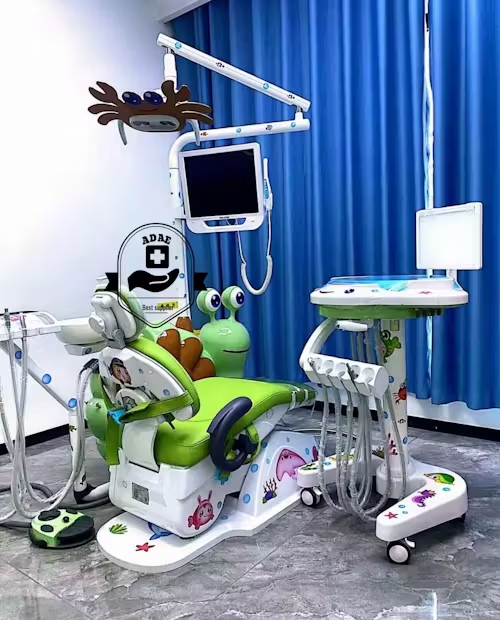


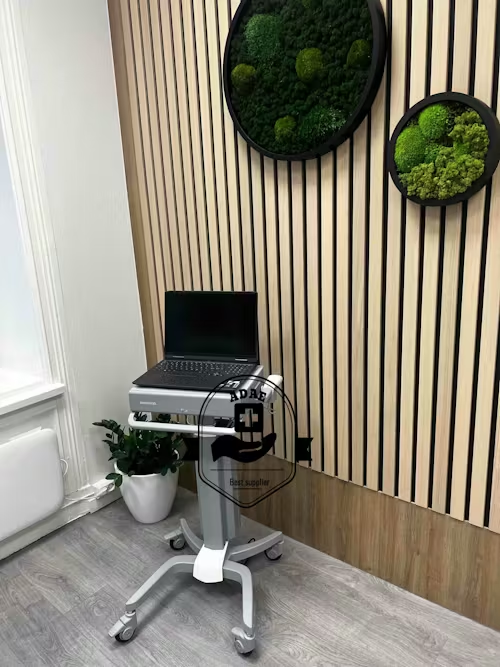
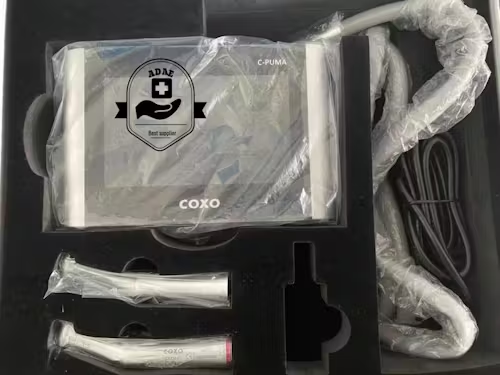
Leave a comment